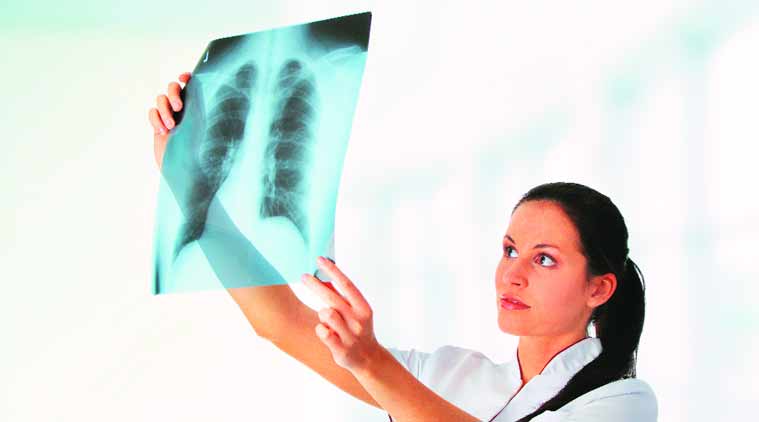Stay updated with the latest - Click here to follow us on Instagram
From the Lab: Making X-ray shields safer and cheaper
The most common material used for this purpose are sheets made of lead metal.
 Using red mud, a waste product generated in the manufacture of aluminium, to produce an X-ray shielding material that is safer than the lead sheets currently used.
Using red mud, a waste product generated in the manufacture of aluminium, to produce an X-ray shielding material that is safer than the lead sheets currently used.
By: S S Amritphale and associates, Advanced Materials and Processes Research Institute, Bhopal (AMPRI)
X-rays are used for a large number of medical and industrial applications. But uncontrolled exposure to X-rays can be very harmful for health. In most of the rooms where X-ray machines are installed, a shielding material is used that absorbs the radiations and does not allow X-rays to move out of the room. The most common material used for this purpose are sheets made of lead metal. But lead itself is highly toxic in nature and lead sheet manufacturing is a very dangerous industry. In addition, when an X-ray room is broken down, or remolded, or there is a wear and tear of the sheet due to any other reason, the lead exposure can be extremely hazardous. So, there is a need to find an alternative shielding material for X-ray rooms.
In the United States and some other countries, a sheet made of titanium oxide and iron oxide is used. It is effective but also very costly. So, it is not a suitable alternative for the Indian market.We at the CSIR-AMPRI have been working on developing an alternative x-ray shielding material for a few years now. We have come up with a cheap but effective option, for which we have been granted a US patent recently. We realised that red mud, a common waste generated in the manufacture of aluminium from its ore bauxite, contains a fair amount of titanium oxide as well as iron oxide. Red mud therefore became the starting point of our research. The next step was to find the conditions in which these compounds would react with each other to produce a material with significant shielding quality. We tried heat treatment of red mud at different temperatures. After heating red mud at 1300 degree Celsius, it acquired the maximum shielding effects.
The material obtained after the heating was then converted into tiles and tested. It worked very well. This new resultant material can be manufactured at a fraction of the cost of the American material. And unlike lead, this material does not have any harmful health effects.
Our discovery has also helped in finding an application for red mud, a waste product that the aluminium industry often dumped into ponds near their refineries.
Experimental tiles made from the material developed by us have been installed in the x-ray room of a government hospital in Bhopal and it has been working well. Now, we are looking at an industrial partner to take this material to the market and replace the existing hazardous lead shielding sheets.







